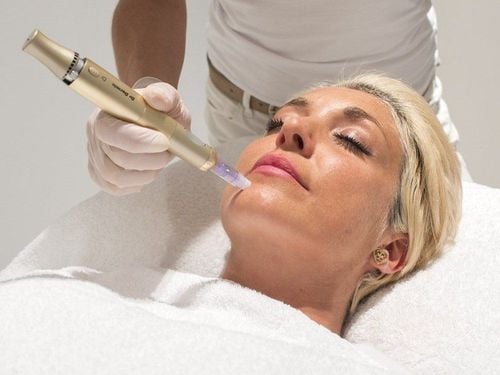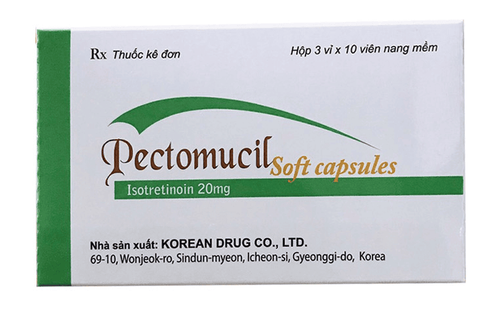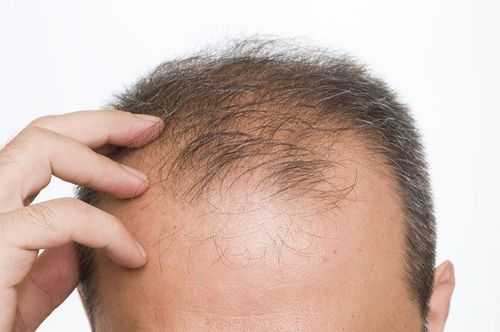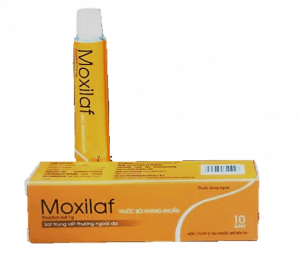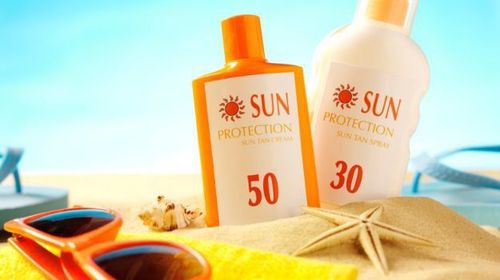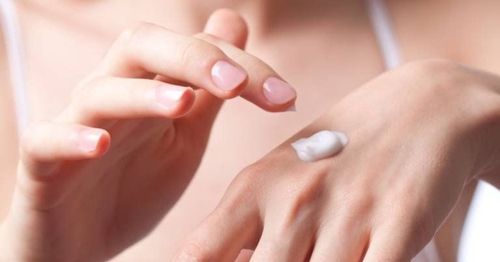This is an automatically translated article.
This article is professionally consulted by resident Doctor Le Thanh Tuan - Department of General Surgery - Vinmec Nha Trang International Hospital. The doctor has extensive experience in examination, treatment and surgery of abdominal diseases.Although keloid scars form, although they do not cause great harm to health, they cause great aesthetic loss, especially when keloid scars appear on the skin of the face, neck, hands and feet... Currently, there are many methods. Cure keloid scars with high efficiency, can blur, reduce keloid significantly.
1. What is a keloid?
Keloid scars are the result of overgrowth of fibrous tissue after skin injury, causing the lesion to float high on the surface of the skin, spreading beyond the scar boundary. Keloids never decrease over time, are pink or purple, smooth surface, often itchy, sometimes painful to the touch.
Keloids are different from hypertrophic scars, hypertrophic scars develop soon after an injury but are only large within the limits of the scar, usually stop growing and decrease after 1-2 years.
The cause of keloid scars is currently unknown. Some medical scientists hypothesize that changes in cell signaling that control tissue growth and proliferation may upset the balance between anabolism and catabolism during wound healing.
Keloids can occur in any area of the body, but are most common in tight, frequently moving areas such as the chest, back, and shoulder blades, but also in areas with less mobility and less tension. like earlobes.
2. Methods to cure keloids
Currently, the treatment of keloids is still a dilemma of medicine in general and of dermatology in particular because of the low treatment response rate and high recurrence rate. There is no single best treatment for keloids.
Although there are many treatment methods applied, so far there is no method that is perfect and completely treats keloids. Therefore, prophylactic treatment of keloids is of central importance.
Current methods of treating keloids include:
Prophylactic treatment
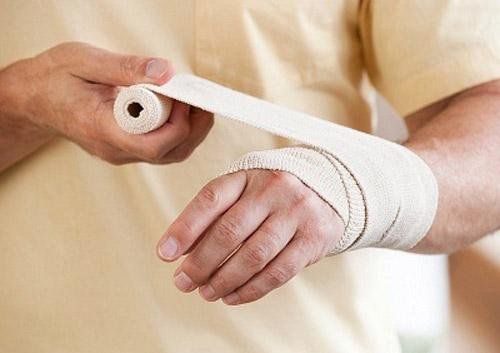
This is the first rule in the treatment of keloids, implement: avoid plastic surgery with patients with keloid scars, especially the chest area, reduce the tension at the incision, try to bring the incision along skin folds and avoid infection.
Intravenous corticosteroid injection The injection used is triamcinolone acetonide. This method is simple, quite safe and effective, with some unwanted effects such as: skin atrophy at the injection site, hair growth, vasodilation, menstrual disorders, acne, irreversible loss of pigmentation.. .
Cryotherapy (Cryotherapy) Cools the lesion with liquid nitrogen, causing damage to blood vessels and atrophy to destroy fibrous tissue, collagen, and flatten the scar.
This method is effective, with few complications, and is currently being applied at the National Hospital of Dermatology. It is important to note that the freezing time should not exceed 25 seconds to avoid loss of pigmentation, do not apply cryotherapy beyond the scar limit because it will widen the scar.
Surgical procedures usually have to do 3-10 times, each time 3-4 weeks apart.
Surgery Surgery to remove the lesion often needs to be combined with other measures to avoid scar recurrence such as corticosteroid injection before or after surgery, silicone paste, compression bandage, imiquimod application...
There are many excision techniques with keloid scars such as split skin flap surgery, cut leaving scar boundary. The effectiveness of this method is still limited, the response rate is about 50-80% and only applies to certain cases.
Laser treatment for keloids
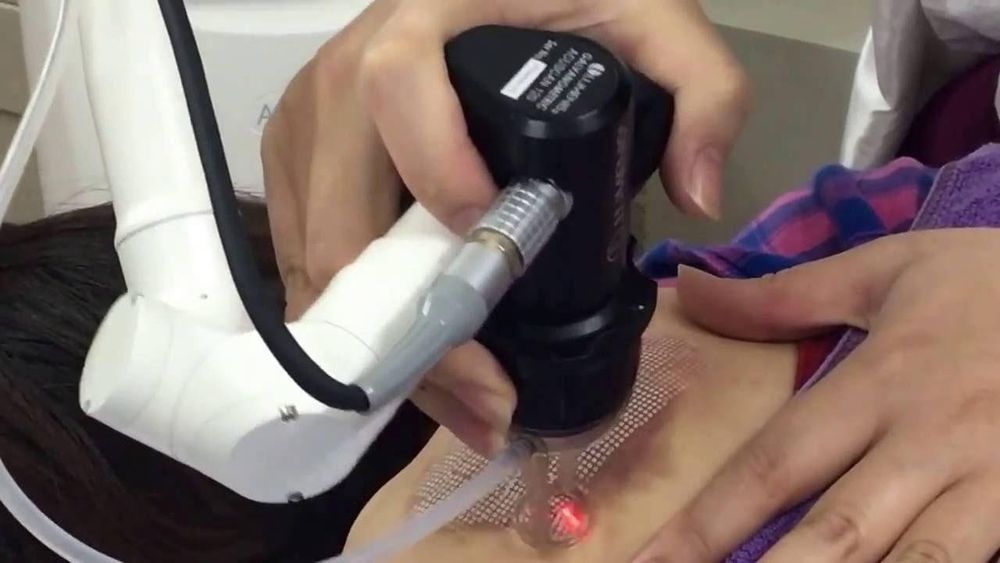
Pulsed color laser has the effect of reducing the size of the scar, reducing the red color of the scar due to its ability to destroy blood vessels. The combination with intralesional corticosteroid injection gives better results but is expensive.
Nd: YAG laser is also effective in softening scars, reducing size, but there are few studies evaluating the long-term effectiveness of this laser.
Radiation therapy Radiation therapy can be combined with surgery, but with low efficiency, the risk of squamous cell cancer in the skin, so it is not currently applied much, especially in children. Some studies show that irradiation with high doses of 1200 Gy within the first 24 hours after surgery has good scar treatment effect with a recurrence rate of 4.7%.
In addition, there are a number of other physical methods such as: compression bandages, compression bandages, scarification...
Some new therapeutic methods give positive results but need more research such as: Bevacizumab, Phototherapy Light, Etanercept, Quercetin, Prostaglandin E2, Strong Bleach, Gene Therapy, Mast Cell Inhibitor...
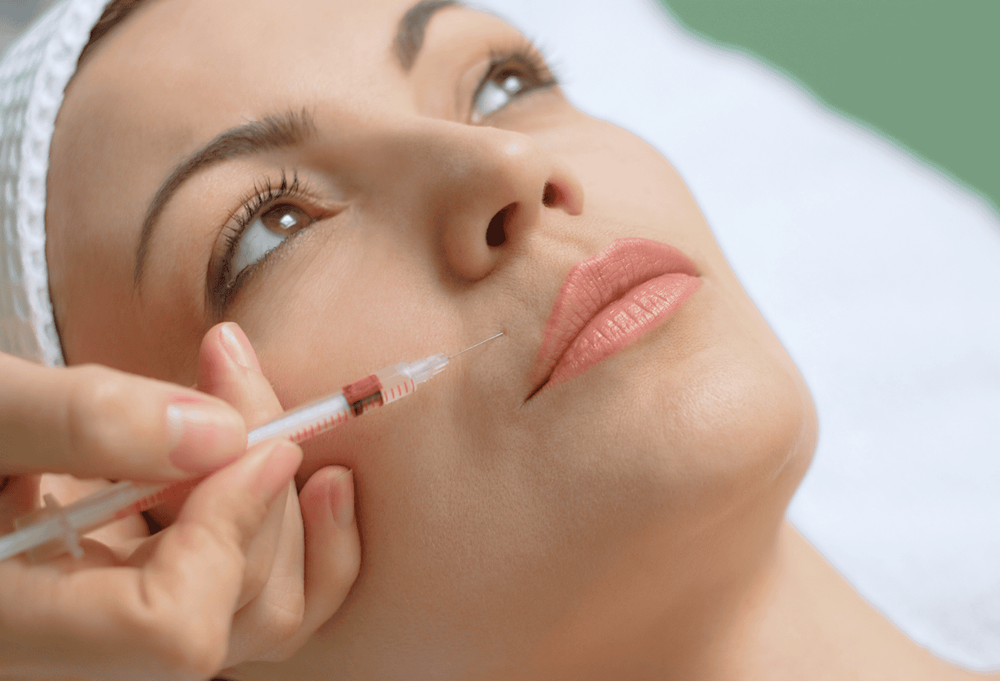
Please dial HOTLINE for more information or register for an appointment HERE. Download MyVinmec app to make appointments faster and to manage your bookings easily.





